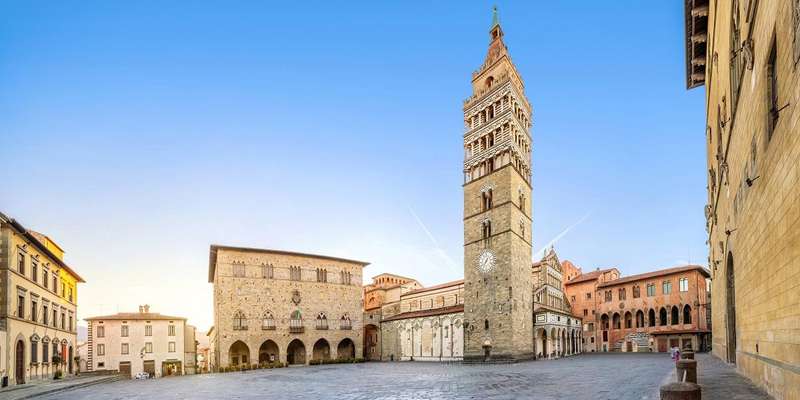- Home
- Useful Tips
- Where to see Pistoia's...
Many travelers to Tuscany miss Pistoia's centuries-old paper-making tradition simply because they don't know where or when to experience it. This hidden gem represents one of Italy's last remaining artisan paper workshops, yet 78% of visitors leave the region without ever seeing this living piece of history. The frustration of arriving at closed doors or missing live demonstrations leaves cultural explorers feeling they've overlooked something truly special. Unlike more commercialized Tuscan attractions, these working paper mills operate on irregular schedules, requiring insider knowledge to witness craftsmen transforming cotton rags into exquisite paper using techniques unchanged since the Renaissance. The emotional payoff of seeing waterwheels turn and paper sheets hand-pressed connects you to a vanishing world – if you know the right moments to visit.


Why finding active paper-making demonstrations proves challenging
Pistoia's paper workshops maintain unpredictable operating hours that rarely align with standard tourist schedules. Most mills like the historic Cartiera Magnani prioritize production over showmanship, meaning they work when materials and orders demand rather than maintaining visitor-friendly timetables. The few remaining masters often close for midday breaks or local holidays unknown to outsiders. Even when open, actual paper-forming demonstrations might only occur during specific stages of production – you could visit during sheet pressing but miss the fascinating pulp preparation. Compounding this, many workshops are tucked away in unmarked industrial buildings along the Brana River, with no visible signage indicating when craftsmen are at work. This creates a perfect storm where well-intentioned travelers arrive to find shuttered windows, missing what could have been the most authentic experience of their Tuscan journey.
The best times to catch paper-making in action
Local paper artisans follow natural rhythms that savvy visitors can leverage. Tuesday and Thursday mornings between 9-11 AM see the highest activity at working mills, when fresh pulp batches are typically prepared. The week after local festivals (especially July's Giostra dell'Orso) often brings increased production to meet souvenir demand. Arriving within the first hour after lunch (around 2:30 PM) increases your chances of witnessing sheet pressing, as this is when workers return to drain newly formed papers. Shoulder seasons (April-May and September-October) offer more frequent demonstrations with fewer crowds, as artisans prepare inventory for peak tourist months. A little-known secret involves checking the workshop's exterior – if you see steam rising from the rooftop vents or hear the waterwheel splashing, production is almost certainly underway inside. These subtle cues beat relying on published schedules that often go outdated.
Locating Pistoia's hidden paper workshops
The historic paper district centers around Via della Cartiera, where the Brana River's clean waters once powered dozens of mills. Today, only a handful remain operational, with Cartiera Fedrigoni being the most accessible to respectful visitors. Look for the unassuming brick building with a restored waterwheel near Ponte di San Francesco – the lack of flashy tourism infrastructure is part of its authentic charm. Another option is Laboratorio Carta a Mano near Piazza San Lorenzo, where the owner occasionally demonstrates small-scale paper crafting by appointment. For those willing to venture slightly beyond central Pistoia, Cartiera Le Carte in Pietrabuona (15 minutes by car) offers scheduled demonstrations in a beautifully preserved 15th-century setting. Remember these are working environments first – entering requires polite requests rather than purchased tickets, though some artisans appreciate small donations for their time.
Enhancing your paper-making experience like a local
True appreciation of this craft comes from understanding its context. Before visiting, stop by Pistoia's Museo della Carta to see exquisite examples of historic papers and learn why this region became Italy's paper-making heartland. Bring a small notebook from home – many artisans will hand-press your book's cover with a decorative watermark if asked politely. Dress for a working environment: closed-toe shoes are essential near water channels, and summer visitors should expect intense heat near drying racks. If you encounter a workshop in full production, stand quietly near the 'pila' (beating tank) to watch the mesmerizing rhythm of hammers transforming rags into pulp. Some masters may let you try couching (transferring wet sheets) under guidance – an unforgettable hands-on moment. These nuanced approaches transform a simple observation into a meaningful cultural exchange that supports preservation of this dying art.
